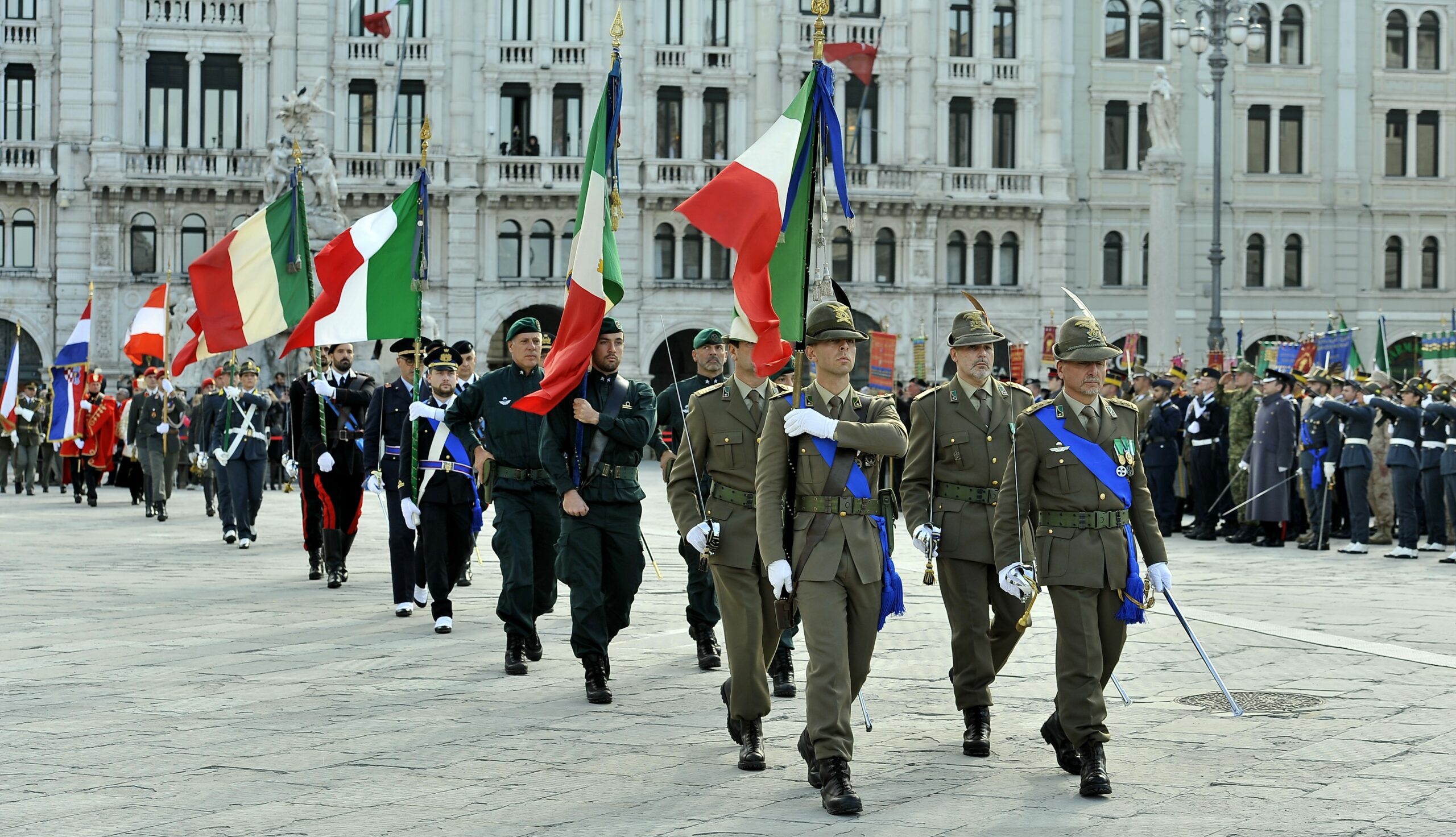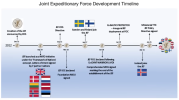If you are fighting an insurgency in Iraq or waging war against guerilla groups such as the Taliban movement, where the biggest threat is roadside bombs, then the Defence's newly purchased armored personnel carriers of the type 'Piranha V' (Piranha 5, ed.) are fine.
But that task is no longer so relevant for the Danish defence.
If, on the other hand, the purpose is to be able to defend against an equal opponent such as Russia, which has both tanks, helicopters, planes and grenades in abundance, then the story is completely different.
As the military threat from Russia has increased, NATO has repeatedly appealed to Denmark over the past almost 10 years.
Denmark had to acquire vehicles that can do more than the 309 Piranha crew cars that it decided to buy in 2015 are capable of.
Nevertheless, the Danish defense politicians continued with the purchase of the Piranha vehicles, which have cost at least five billion kroner.
The last bill was paid last year. But already now the Piranhas must be written out of the Defence's primary battle plans.
Because the politicians, as part of the new partial agreement with a year's delay, have listened to Nato.
Nato has been asking for heavier armed and better protected combat vehicles all these years instead of armored personnel carriers like the Piranhas, says Mikkel Storm Jensen, military analyst at the Defense Academy.
- It is better armored, it is more mobile, and it is much better armed. The piranhas have a machine gun, but the new infantry fighting vehicles have a 35 millimeter machine gun that can take down much tougher targets – including helicopters, he says.
The second partial agreement of the defense settlement, which landed last week, contains an investment of around DKK 10 billion in 115 new infantry fighting vehicles - everything indicates that it will be of the CV90 type from Swedish BAE Systems, of which the Norwegian Armed Forces already have some.
They are heavily armed armored tracked vehicles with room to transport troops.

www.verkkouutiset.fi






